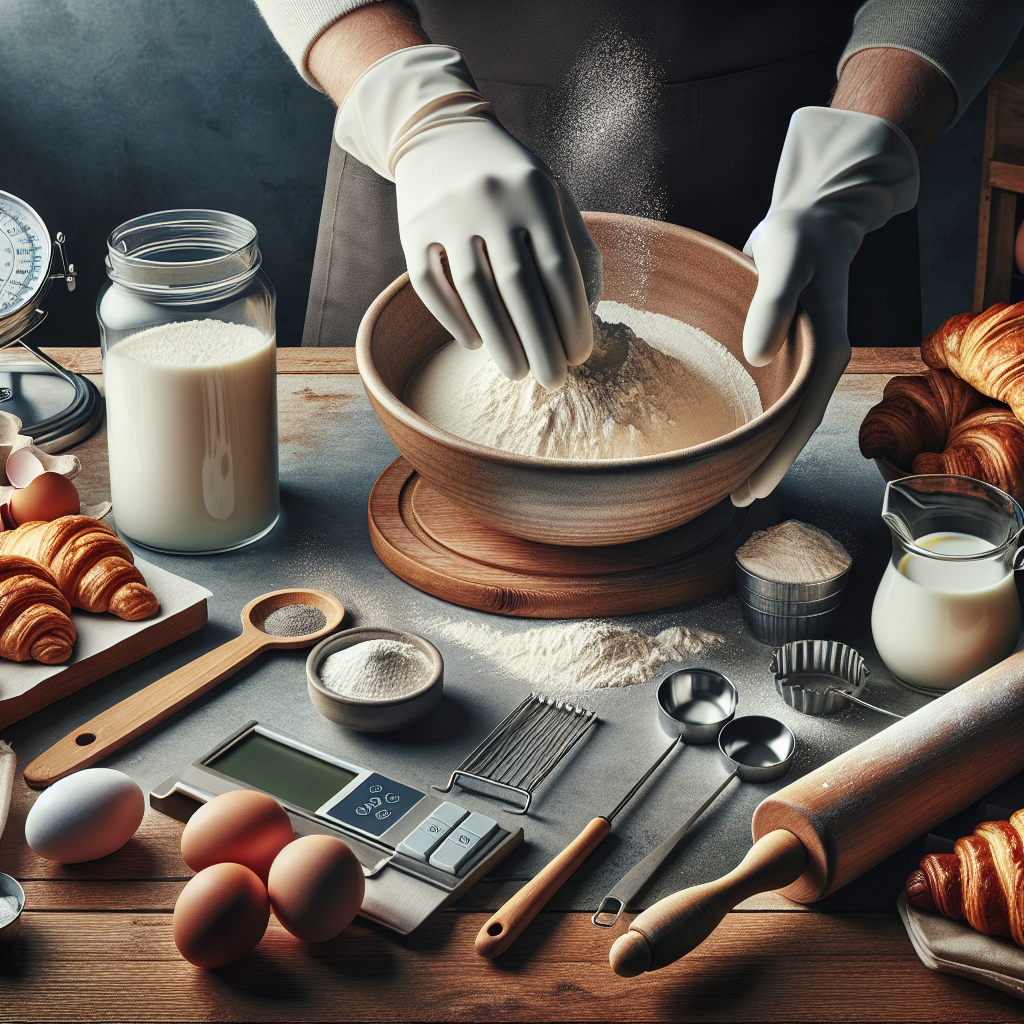Baking is as much an art as it is a science, and mastering the mixing technique is essential for producing baked goods that are consistently delicious. Whether you’re making fluffy cakes, chewy cookies, or flaky pastries, understanding the proper mixing techniques can elevate your baking game. This article explores various mixing techniques, their purposes, and tips to help you achieve perfect results every time.
Understanding the Basics of Mixing
Before diving into specific techniques, it’s vital to grasp the role that mixing plays in baking. Mixing ingredients properly helps to:
- Incorporate Air: Air added during mixing can help leaven baked goods, resulting in lighter textures.
- Combine Ingredients: Ensures all elements are evenly distributed, which is crucial for flavor and texture consistency.
- Develop Gluten: In some recipes, mixing promotes gluten formation, affecting the structure and texture of baked goods.
Common Mixing Techniques
1. Creaming
Purpose: Used primarily for cookies and cakes.
Method: This technique involves beating butter (or another fat) with sugar until the mixture becomes light and fluffy. This process incorporates air into the fat, creating a stable structure.
Tips:
- Use room temperature butter for better incorporation.
- Add sugar gradually to enhance the creaminess.
- Beat until the mixture lightens in color and volume.
2. Folding
Purpose: Ideal for delicate mixtures like mousses, whipped cream, or egg whites.
Method: Folding entails gently incorporating one ingredient into another using a spatula or wooden spoon. The goal is to maintain airiness, which is critical for the final texture.
Tips:
- Use a large bowl to give you room to maneuver.
- Cut through the center of the mixture, and then lift and fold it over.
- Rotate the bowl with each fold to ensure even mixing.
3. Stirring
Purpose: Suitable for batters and doughs where a uniform mixture is preferred, such as pancakes or muffins.
Method: Stirring combines ingredients without overworking them, which can lead to toughness in the final product.
Tips:
- Use a gentle motion and mix just until combined; avoid vigorous stirring.
- When adding dry ingredients, mix in a circular motion and be cautious not to overmix.
4. Kneading
Purpose: Essential for bread and pizza dough.
Method: Kneading develops gluten, giving bread its structure and chewiness. It involves pressing, folding, and stretching the dough.
Tips:
- Use a floured surface to prevent sticking but avoid incorporating too much extra flour.
- Knead until the dough is smooth and elastic.
- Take breaks if needed; this allows the gluten to relax.
5. Whisking
Purpose: Great for aerating mixtures like eggs or cream.
Method: Whisking introduces air and mixes ingredients uniformly, making it essential for custards, dressings, and meringues.
Tips:
- Use a large, wide bowl to allow plenty of movement.
- For egg whites, ensure your bowl is free of grease to achieve maximum volume.
Common Mistakes to Avoid
- Overmixing: This can lead to tough textures, especially in cakes and muffins.
- Undermixing: Not adequately mixing can result in uneven flavors and textures.
- Incorrect Temperature: Cold ingredients do not mix as well as those at room temperature. This is crucial for emulsifying fats and liquids.
- Ignoring Instructions: Baking is precise; always follow the recipe’s mixing instructions for the best results.
Conclusion
Mastering proper mixing techniques is the cornerstone of successful baking. Each method serves a distinct purpose, and knowing when to apply them can significantly impact the outcome of your baked goods. Remember that practice makes perfect—don’t hesitate to experiment and refine your techniques. With patience and perseverance, you’ll find yourself producing impressive, consistent, and delicious results in your baking endeavors. Happy baking!

